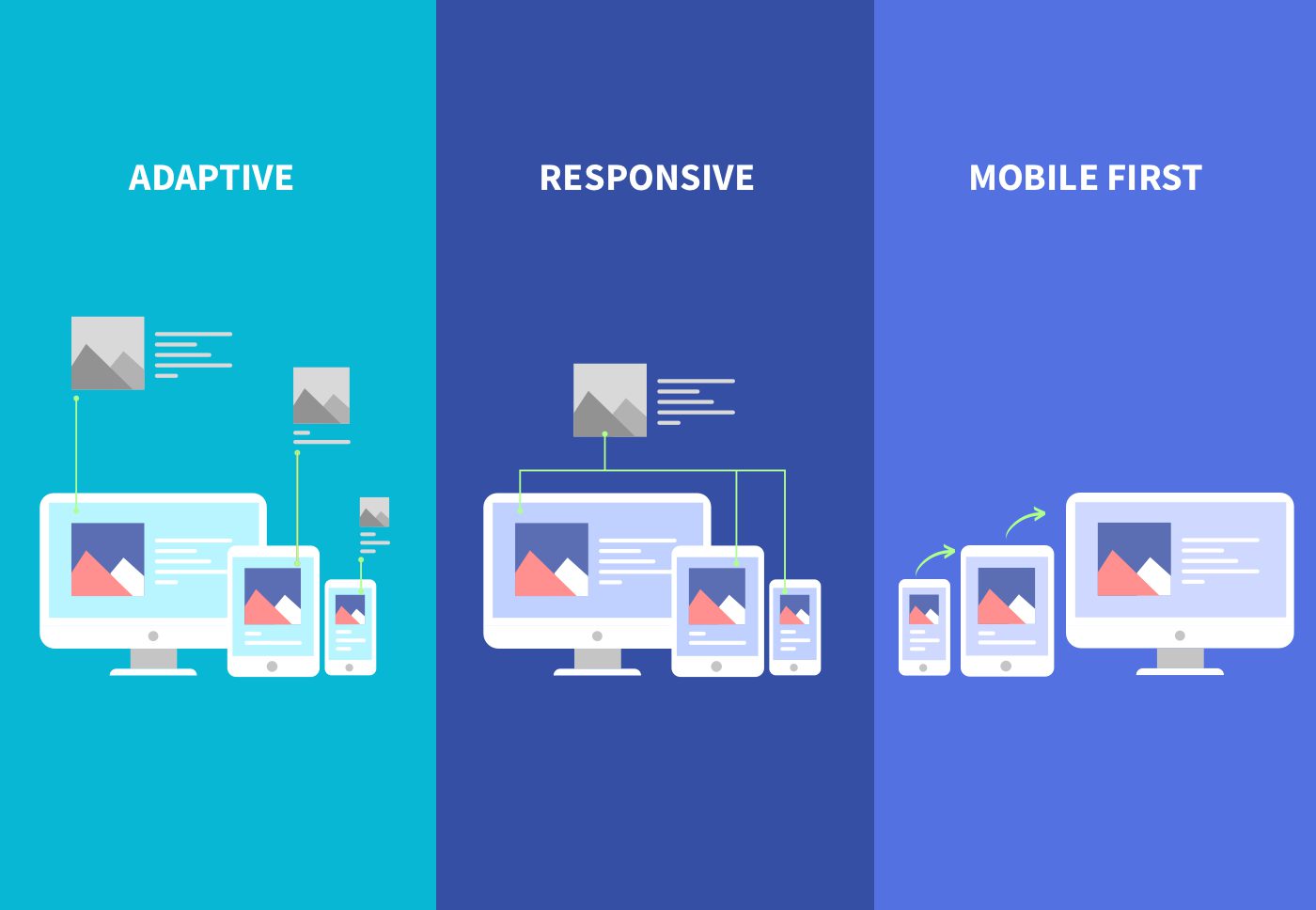The Evolution of Web Design: How Minimalism is Shaping The Industry
WEB DEV
CSS
May 14, 2024

Minimalism in web design has evolved from a niche trend to a mainstream approach, shaping the way websites are built in 2024. With an emphasis on simplicity, functionality, and user experience, minimalism offers a clean, efficient way to communicate ideas online. This article explores how minimalism is influencing web design in 2024 and provides tips for implementing this approach effectively.
The Rise of Minimalism in Web Design
Minimalism in web design is all about stripping down the elements to their most essential forms. It focuses on clarity, whitespace, and functionality, eliminating any unnecessary components that could distract or confuse the user. This design philosophy has gained traction as users increasingly value speed, usability, and straightforward interfaces. In 2024, minimalism is not just an aesthetic choice; it's a strategic move to enhance user experience and improve website performance.
Key Principles of Minimalist Web Design
1. Embrace Simplicity
Simplicity is at the core of minimalist design. It involves using only the most essential elements and reducing the complexity of the user interface. By embracing simplicity, you can create a more focused and intuitive experience for your users, helping them find the information they need without distractions.
2. Utilize Whitespace Effectively
Whitespace, or negative space, is a crucial element in minimalist design. It provides a visual break for users and helps to highlight the content on the page. Proper use of whitespace can make your website appear more organized, easier to navigate, and less overwhelming for visitors.
3. Focus on Content
In a minimalist design, content is king. The design serves to enhance the content rather than overshadow it. This means that your typography, images, and layout should all work together to make the content the focal point of the page.
// Example of a simple, content-focused layout in CSS
.container {
max-width: 800px;
margin: 0 auto;
padding: 20px;
}
h1, p {
font-family: 'Arial, sans-serif';
line-height: 1.6;
}Benefits of Minimalist Web Design
1. Improved Load Times
With fewer elements to load, minimalist websites tend to have faster load times. This is a significant advantage in 2024, where users expect instant access to content, and search engines prioritize fast-loading sites in their rankings.
2. Enhanced User Experience
A minimalist design is easier to navigate, making it simpler for users to find what they’re looking for. The clear, uncluttered interface reduces cognitive load, allowing users to focus on the content and complete their tasks with minimal effort.

3. Better Mobile Responsiveness
Minimalist designs are inherently more adaptable to different screen sizes. With fewer elements to rearrange, it’s easier to create a consistent and user-friendly experience across devices. In a mobile-first world, this adaptability is a significant benefit.
Implementing Minimalism in Your Web Design
1. Start with a Strong Foundation
Begin with a solid grid system to ensure that your layout is well-organized and balanced. A strong foundation will help you maintain consistency and harmony in your design, even as you simplify the elements on the page.
2. Use a Limited Color Palette
A limited color palette is a hallmark of minimalist design. Stick to a few complementary colors to create a cohesive and visually appealing look. Avoid the temptation to add too many colors, as this can detract from the minimalist aesthetic.
3. Prioritize Content Hierarchy
Ensure that your content is organized in a clear hierarchy, with headings, subheadings, and body text clearly differentiated. This helps users understand the structure of your content at a glance and makes it easier for them to find the information they need.
Conclusion
Minimalism continues to shape web design in 2024, offering a clean, efficient, and user-focused approach. By embracing simplicity, utilizing whitespace, and prioritizing content, you can create a website that not only looks modern and elegant but also delivers an exceptional user experience. As you implement minimalist design principles, remember to keep the user’s needs at the forefront, ensuring that your website is both functional and aesthetically pleasing.





